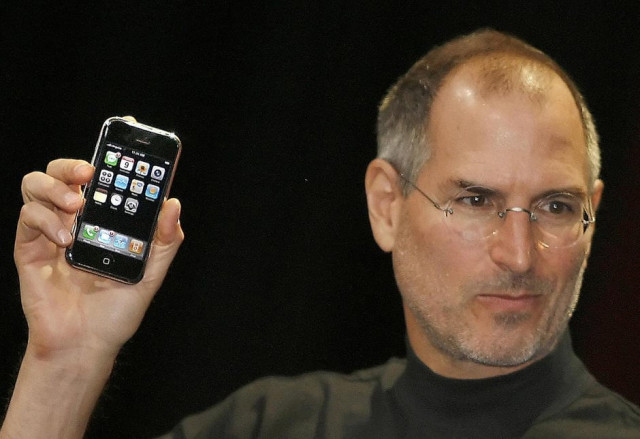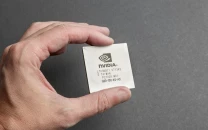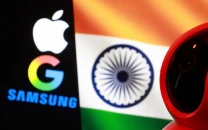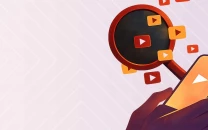The iPhone turns 10: How our phones went 'smart'
Here's how

Apple Co founder Steve Jobs. PHOTO: AFP
The iPhone, which has made Apple one of the most valuable companies in the world, turns 10 on January 9. The device went on to introduce a completely new category of mobile phones popular today as smartphones. Coupled with others of its ilk, the iPhone constitutes a product line that has also transformed the software, music and advertising industries.
Digital Mapping: Drone technology to mark lands
While due credit must be extended to Jobs, Apple co-founder Steve Wozniakhis, CEO Tim Cook and visionary designer Sir Jony Ive, it is pertinent to mention others who played a pivotal role in bringing about the smartphone revolution.
Economist Mariana Mazzucato has highlighted a dozen hardware and software technologies essential for a smartphone to work. These include hardware components such as microprocessors, memory chips, solid state hard drives, liquid crystal displays and lithium-based batteries.
On the software front the essentials include Fast-Fourier-Transform algorithms, the internet, HTTP and HTML language protocols, cellular networks, Global Positioning Systems or GPS, touchscreens and Siri. A striking aspect common to all the aforementioned technologies is the initial government support they enjoyed.
Some of the famous cases include the World Wide Web that owes its existence to software engineer Sir Tim Berners-Lee employed at Cern, a particle physics research centre funded by governments across Europe. The internet was bankrolled by the United States Department of Defense while the GPS was initially developed for military purposes.
‘Smartphones can help bring development’
Other less famous but no less pivotal examples include the Fast-Fourier-Transform family of algorithms that digitised telephone and television analogue signals. Some of the most common among these we were developed by American mathematician John Tukey who was then sitting on President Kennedy's Scientific Advisory committee.
Even touchscreens are based on initial research by EA Johnson, an engineer at the Royal Radar Establishment, a British government agency. It was later that multi-touch technology was commercialised by University of Delaware researchers in the United States and then sold to Apple.
It is also worth mentioning that Silicon Valley itself is indebted to Fairchild Semiconductor which manufactured practical integrated circuits and depended on military procurement in its early days.
This goes a long way to show that all that has become a staple part of everyday life, while refined and geared towards profit by private enterprise, became a reality following government assistance.
This article originally appeared on BBC.



















COMMENTS
Comments are moderated and generally will be posted if they are on-topic and not abusive.
For more information, please see our Comments FAQ